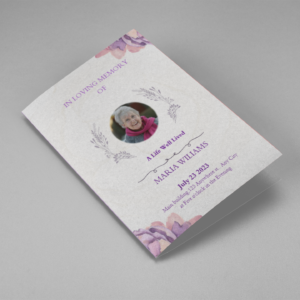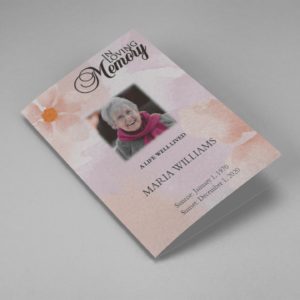If you are printing out an obituary of a loved one in a newspaper, writing one up in Word or Google Docs, sharing it on social media, including it in the funeral service program, or planning on short-form or long-form, we have tips and examples for you. If you are faced with the challenge of writing the obituary of a loved one, it may help to read examples of funeral obituaries to get some ideas flowing. It can be difficult to write an obituary when a person is grieving; this is why they use obituary examples to add essential details quickly.
If you need to create a death obituary, you need to gather the deceased person’s information, and then use that information in the format socially accepted for creating the obituary. For longer, more detailed obituaries, you may wish to include names of family members who preceded or succeeded the deceased during their lifetime. Other people, like extended family members or close friends, may also be listed in an obituary, if you believe that your loved one would want other people included.
If you are writing the obituary for someone else — whether or not you knew them personally — you will need to make sure you include biographical data, family members surviving after the death, or people who have passed away, along with some other elements. The deceased’s obituary is also placed in an obituary schedule and may include information like the full name of the deceased, date of birth and death, place of birth, cause of death, funeral or viewing location, schools attended, organizations they were a part of, like clubs or a military chapter, church membership, profession or business they worked, and finally, surviving family members. An obituary also has a description of the deceased person’s life achievements, the persons left behind, and details about funeral/funeral services.
















